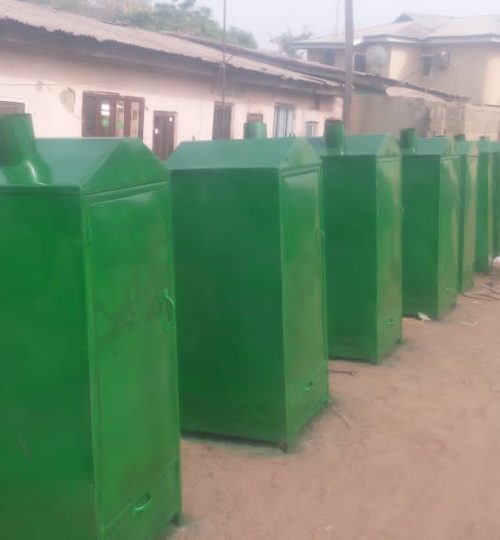Our Services
our services
OUR GOALS
Fish Production: The primary purpose of fish farming is to produce fish for human consumption. Popular species raised in fish farms include tilapia, salmon, catfish, trout, and carp. Fish farming helps meet the increasing demand for seafood and reduces pressure on wild fish populations.
Job Creation: Fish farming operations create employment opportunities in various sectors, such as fish hatcheries, farm management, processing plants, and distribution. This contributes to economic development in both rural and urban areas.
Food Security: Fish farming plays a crucial role in ensuring food security by providing a consistent and sustainable source of protein. It helps alleviate the pressure on wild fisheries and reduces the risk of overfishing.
Income Generation: Fish farming provides a source of income for individuals and communities involved in the industry. This income can come from selling fish, providing services such as pond construction or equipment supply, and engaging in related activities.
Research and Development: Fish farming encourages research and development initiatives aimed at improving fish breeding techniques, disease prevention, and feed formulation. This contributes to advancements in aquaculture practices, making the industry more efficient and sustainable.
Aquatic Ecosystem Management: Responsible fish farming practices involve the proper management of water resources and environmental conditions. This can have positive effects on local aquatic ecosystems by maintaining water quality and minimizing environmental impact.
Export and Trade: Fish farming contributes to international trade by supplying fish products to global markets. Countries with well-established aquaculture industries often export fish and seafood, contributing to their economies.
Diversification of Agriculture: Fish farming provides a means of diversifying agricultural activities, allowing farmers to combine traditional farming with aquaculture. This diversification can enhance overall farm resilience and income stability.
Waste Recycling: Aquaculture systems can be designed to recycle nutrients efficiently. For example, fish waste can be used as fertilizer for crops, creating a closed-loop system that benefits both fish farming and agriculture.
Education and Training: The fish farming industry provides opportunities for education and training in aquaculture practices. This includes courses on fish biology, pond management, water quality monitoring, and sustainable farming techniques.
Fish farming, also known as aquaculture, involves the cultivation of fish and other aquatic organisms for various purposes. The goals of fish farming can vary depending on the specific type of aquaculture and the intended outcomes. Here are some common goals of fish farming:
Food Production:
- Protein Source: One of the primary goals is to produce fish as a source of protein for human consumption. Fish are rich in essential nutrients and are an important part of the human diet.
Economic Development:
- Income Generation: Fish farming can contribute to the economy by providing employment opportunities and generating income for individuals and communities involved in the industry.
Reducing Pressure on Wild Fisheries:
- Conservation: By cultivating fish in controlled environments, fish farming helps reduce the pressure on wild fish populations, contributing to the conservation of aquatic ecosystems.
Supply Chain Stability:
- Stabilizing Seafood Supply: Fish farming helps stabilize the supply of seafood by providing a consistent source of fish regardless of seasonal fluctuations or natural variations in wild fish populations.
Research and Innovation:
- Technological Advancements: Fish farming encourages research and innovation in aquaculture technologies, genetics, nutrition, and disease control, contributing to advancements in the field.
Biodiversity Conservation:
- Conserving Endangered Species: Some fish farming practices focus on the conservation of endangered or threatened fish species, helping to protect biodiversity.
Waste Reduction and Recycling:
- Efficient Resource Utilization: Sustainable aquaculture practices aim to minimize waste and optimize resource utilization, reducing environmental impact.
Poverty Alleviation:
- Rural Development: In many regions, fish farming provides opportunities for poverty alleviation by supporting livelihoods in rural areas where alternative economic activities may be limited.
Projects
Interdum exercitation penatibus, praesentium facilisi accusamus fermentum, sagittis.




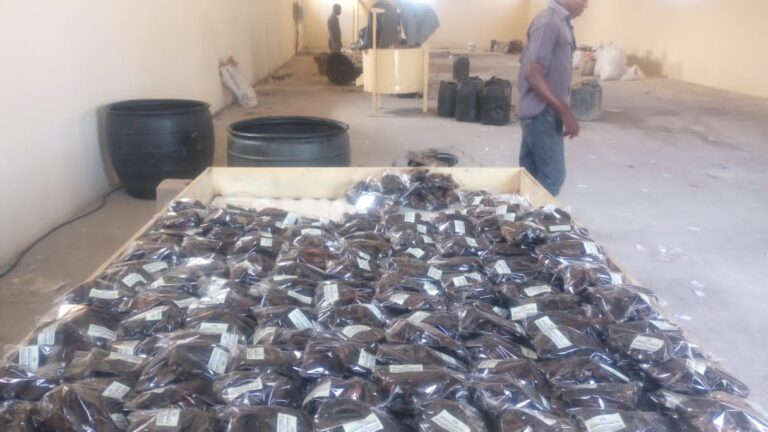














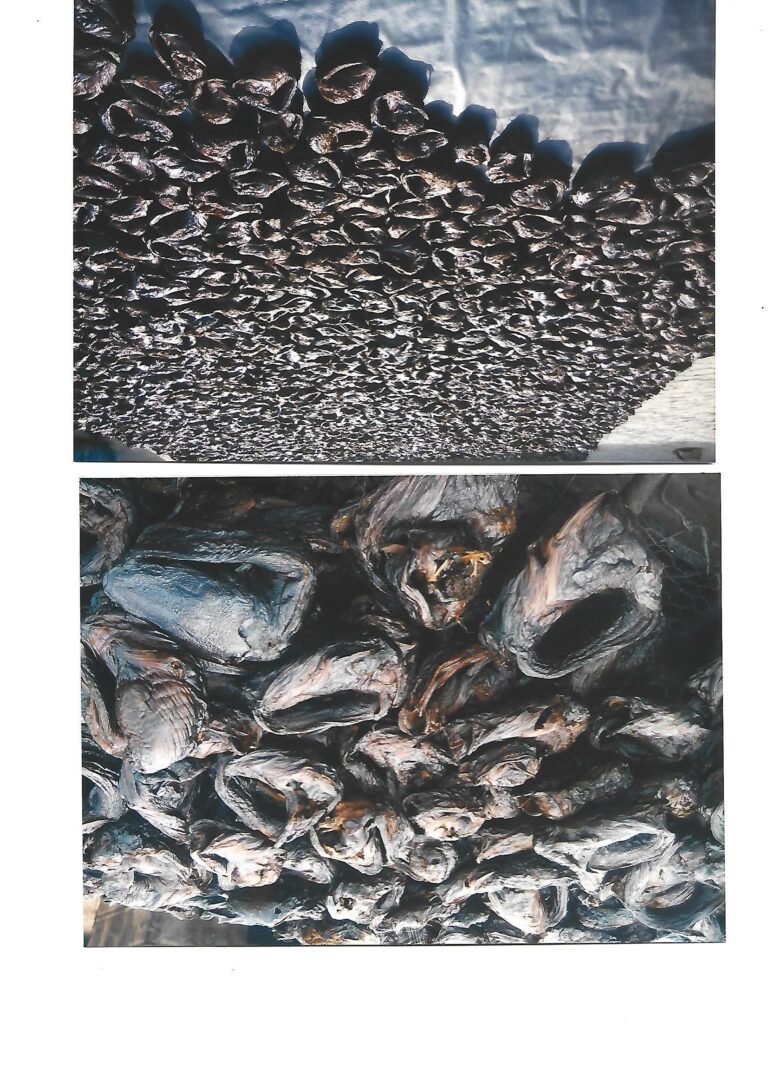


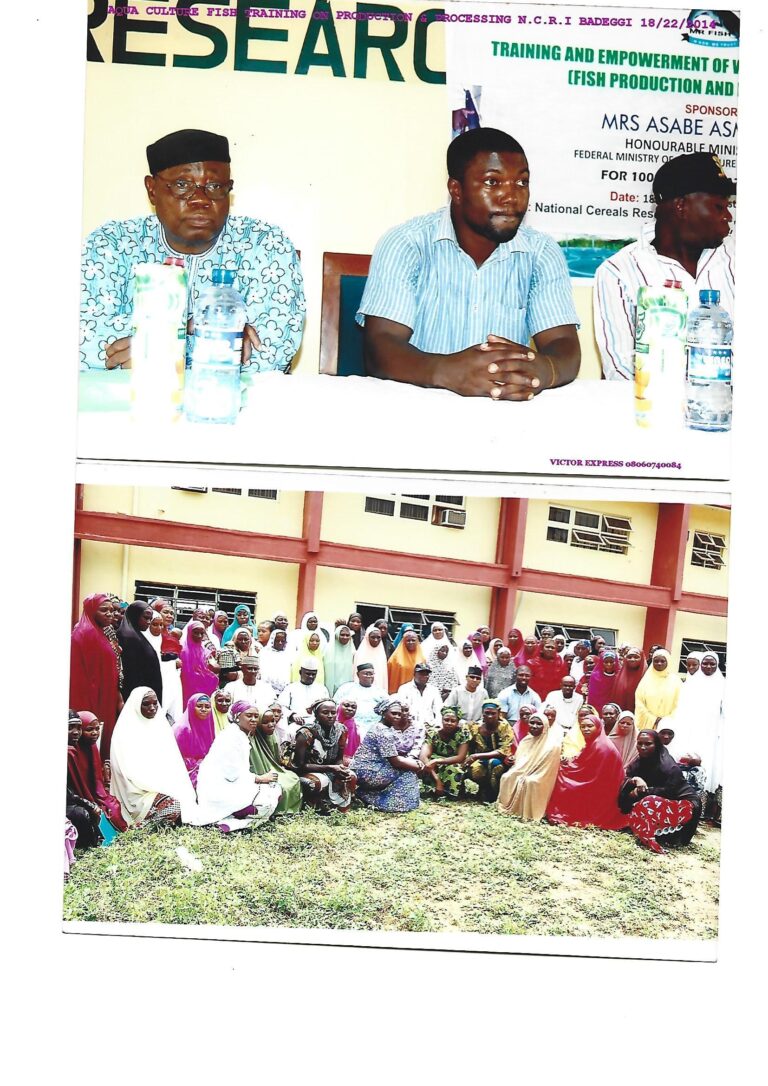






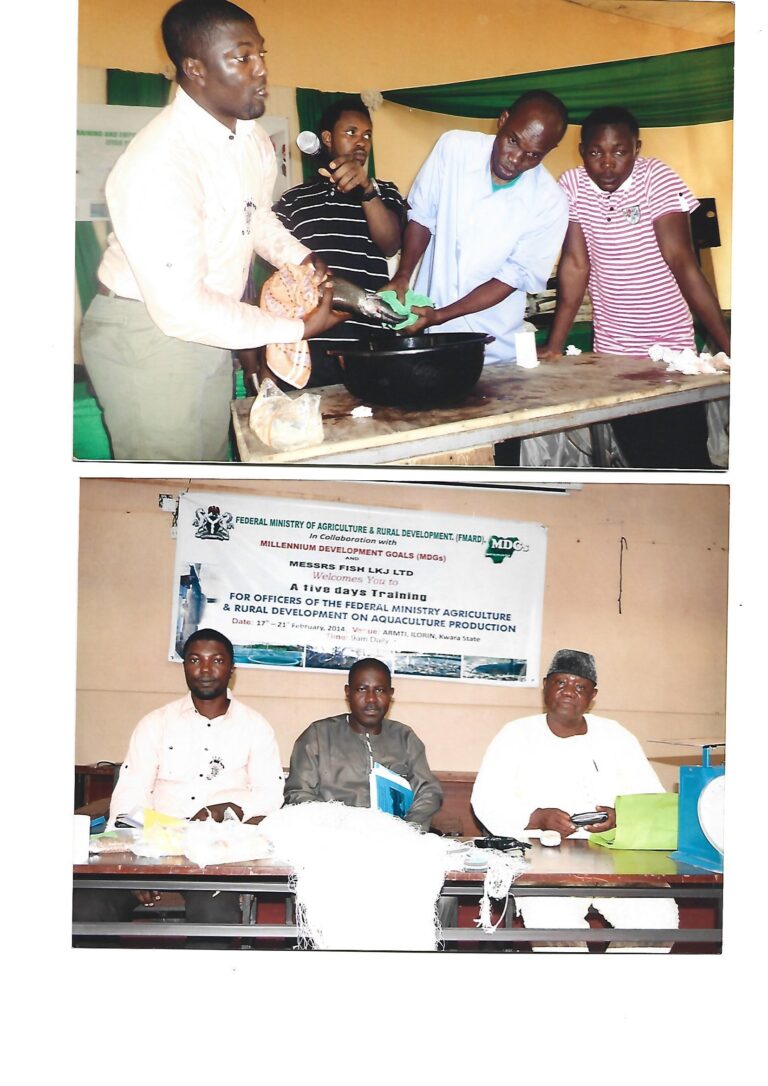




INSPECTION VISITS
A few notable government official has visited our facilities plant, such include Formal President of Nigeria, Director General WTO...







process & packaging
We process and export our packaged food.







